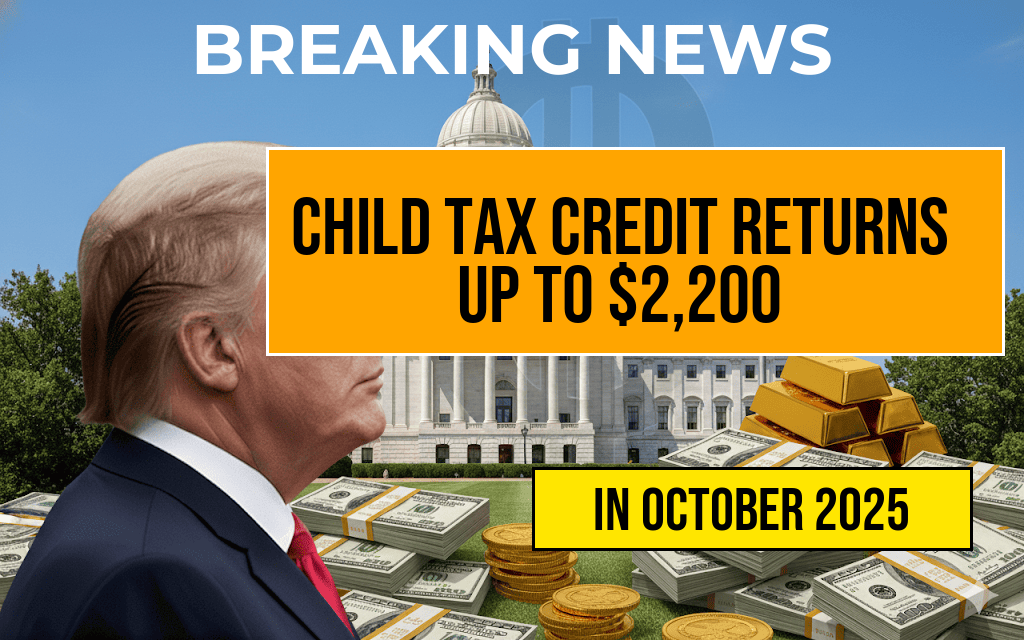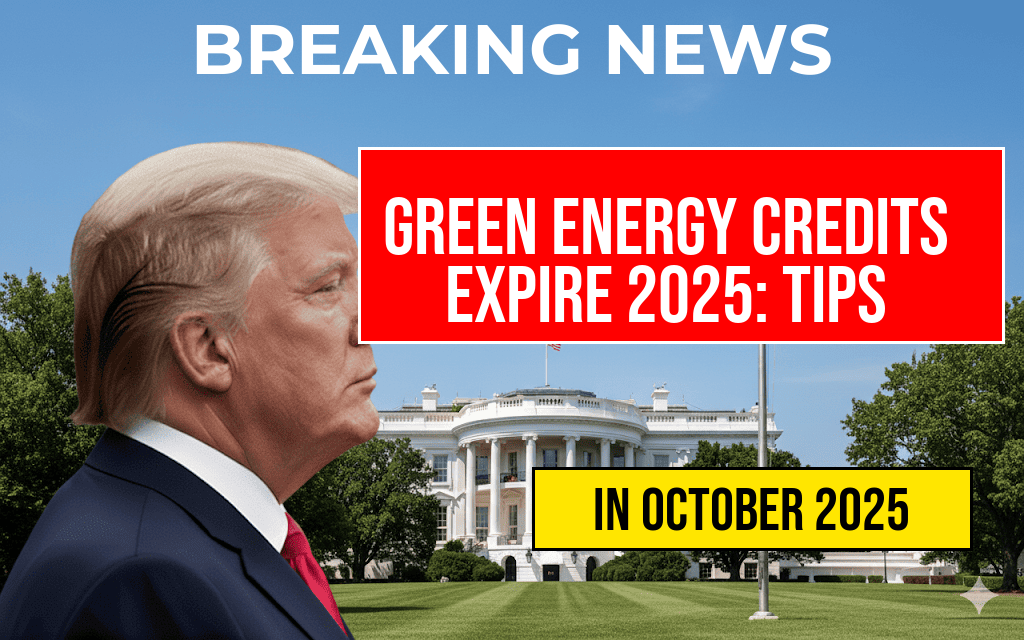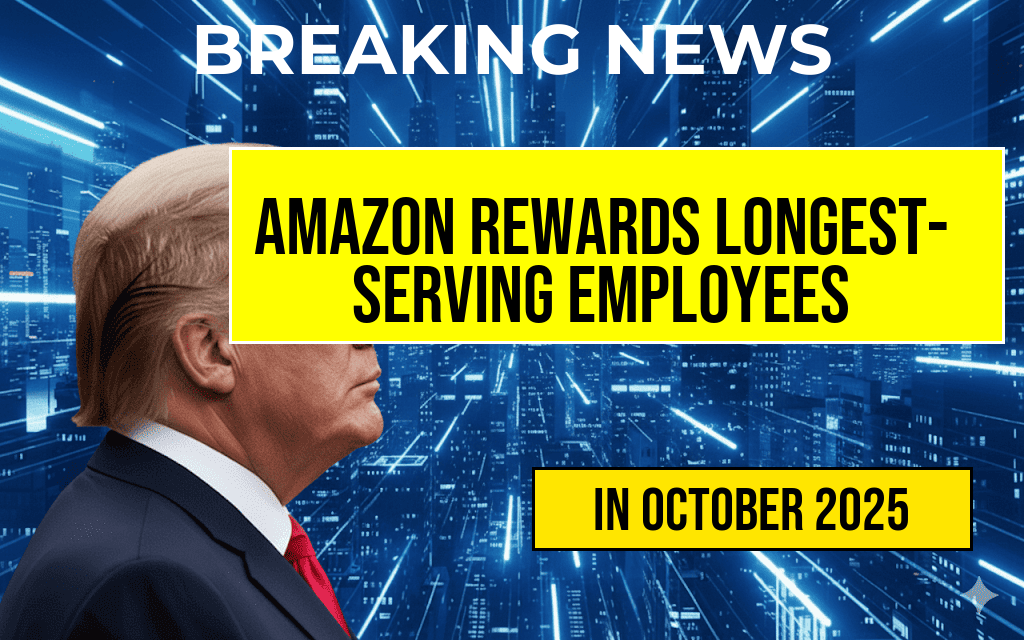As the United States moves toward a more sustainable energy future, recent developments indicate that many green energy credits set to expire in 2025 could significantly impact homeowners seeking to capitalize on residential tax incentives. These credits, primarily designed to encourage investments in solar, wind, and other renewable systems, have fueled a surge in residential installations over the past decade. However, with expiration dates looming, homeowners and contractors alike are urging policymakers for clarity and extension strategies. Understanding the nuances of these incentives, including eligibility and potential changes, is crucial for those planning upgrades before the deadline. This article explores what homeowners need to know about expiring green energy credits and how they can maximize benefits before the programs change.
The Landscape of Residential Green Energy Incentives
Federal and state governments have historically offered various tax credits and rebates to promote renewable energy adoption at the residential level. The most prominent of these is the federal Investment Tax Credit (ITC), which has provided substantial financial relief to homeowners installing solar panels. As of 2024, many of these incentives are scheduled to phase out or reduce significantly after 2025, prompting a wave of urgency among prospective participants.
Federal Investment Tax Credit (ITC)
The ITC allows homeowners to deduct a percentage of the installation costs of solar energy systems from their federal taxes. Originally introduced in 2006, it has been a key driver of solar adoption, offering a 26% credit in 2024, with plans to decrease to 22% in 2025 and then expire for residential systems unless extended by Congress.
| Year | Residential Solar Credit |
|---|---|
| 2023-2024 | 26% |
| 2025 | 22% |
| 2026 and beyond | Potentially 0%, unless renewed |
State and Local Incentives
Beyond federal programs, numerous states provide additional credits, rebates, and property tax exemptions. Some locales have targeted incentives for specific renewable technologies, such as small wind turbines or geothermal systems, further enhancing the economic appeal of green upgrades. However, many of these programs are also scheduled for expiration or reduction in the coming years, adding complexity for homeowners planning long-term investments.
Implications of Credits Expiring in 2025
Financial Impact on Homeowners
The impending expiration of these credits could result in increased upfront costs for renewable installations, potentially deterring some homeowners from proceeding with projects. For example, a typical residential solar system costing around $20,000 might see a tax credit of up to $5,200 in 2024, which would shrink or disappear once credits expire. This shift could slow the momentum of residential renewable adoption unless alternative incentives are introduced.
Market Dynamics and Industry Response
Contractors and manufacturers anticipate a surge in installations before the credits phase out, often launching promotional offers or financing options to incentivize early commitments. Industry experts warn that delays could lead to a bottleneck, with fewer projects initiated after 2025 due to diminished financial incentives. This trend underscores the importance of planning and timely action for homeowners considering renewable upgrades.
Strategies for Homeowners Planning Ahead
Assessing Eligibility and Timing
- Review current incentives: Consult official sources like the U.S. Department of Energy to understand the current credit levels and eligibility criteria.
- Plan installations accordingly: Initiate projects before the credits diminish if aiming to maximize savings.
- Explore state programs: Investigate local incentives that may offer additional financial support.
Maximizing Benefits
- Combine incentives: Coordinate federal, state, and local programs to optimize financial returns.
- Consult professionals: Work with reputable contractors familiar with current policies and compliant with local regulations.
- Stay informed: Monitor policy updates through reliable sources such as the Wikipedia page on Renewable Energy in the U.S..
Looking Ahead: Policy and Market Trends
Legislative efforts are underway to extend or replace expiring credits, driven by bipartisan support for clean energy initiatives. Some proposals include expanding tax credits to cover emerging technologies like battery storage and electric vehicle chargers, further integrating renewable systems into residential energy solutions. However, pending legislative debates mean homeowners should remain vigilant about potential policy shifts that could influence future incentives.
Key Considerations for Policymakers and Stakeholders
- Addressing the potential slowdown in renewable adoption post-2025.
- Ensuring equitable access to incentives across different income groups.
- Supporting technological innovation to reduce costs and improve efficiency.
As the deadline approaches, the window for maximizing residential tax incentives narrows, emphasizing the importance of strategic planning. Homeowners eager to capitalize on these benefits should consult with professionals, review current policies, and consider initiating upgrades before credits expire, securing financial advantages while contributing to a sustainable energy future.
Frequently Asked Questions
What are Green Energy Credits and how do they benefit homeowners?
Green Energy Credits are tax incentives offered to homeowners who invest in renewable energy systems like solar panels or wind turbines. These credits help reduce the overall cost of installing such systems, making green energy more accessible and affordable.
Why are Green Energy Credits expiring in 2025?
The expiration in 2025 is part of the current policy timeline set by the government, which aims to encourage adoption of renewable energy before certain incentives phase out. It is important for homeowners to act before this deadline to maximize their benefits.
How can I ensure I receive the tax incentives before they expire?
To benefit from the Green Energy Credits, homeowners should complete their solar or renewable energy system installations and file for the tax credits before the 2025 deadline. Consulting with a qualified installer and tax professional can help ensure all requirements are met.
Are there any alternatives if I miss the 2025 deadline?
If you miss the 2025 deadline, there may still be other renewable energy incentives available at the state or local level. Additionally, future federal policies could introduce new incentives, so staying informed is recommended.
What should I do now to take advantage of the residential tax incentives?
Start by researching eligible renewable energy systems and consulting with certified installers. Planning your project early ensures you can complete installations before the 2025 expiration and maximize your tax credits.










